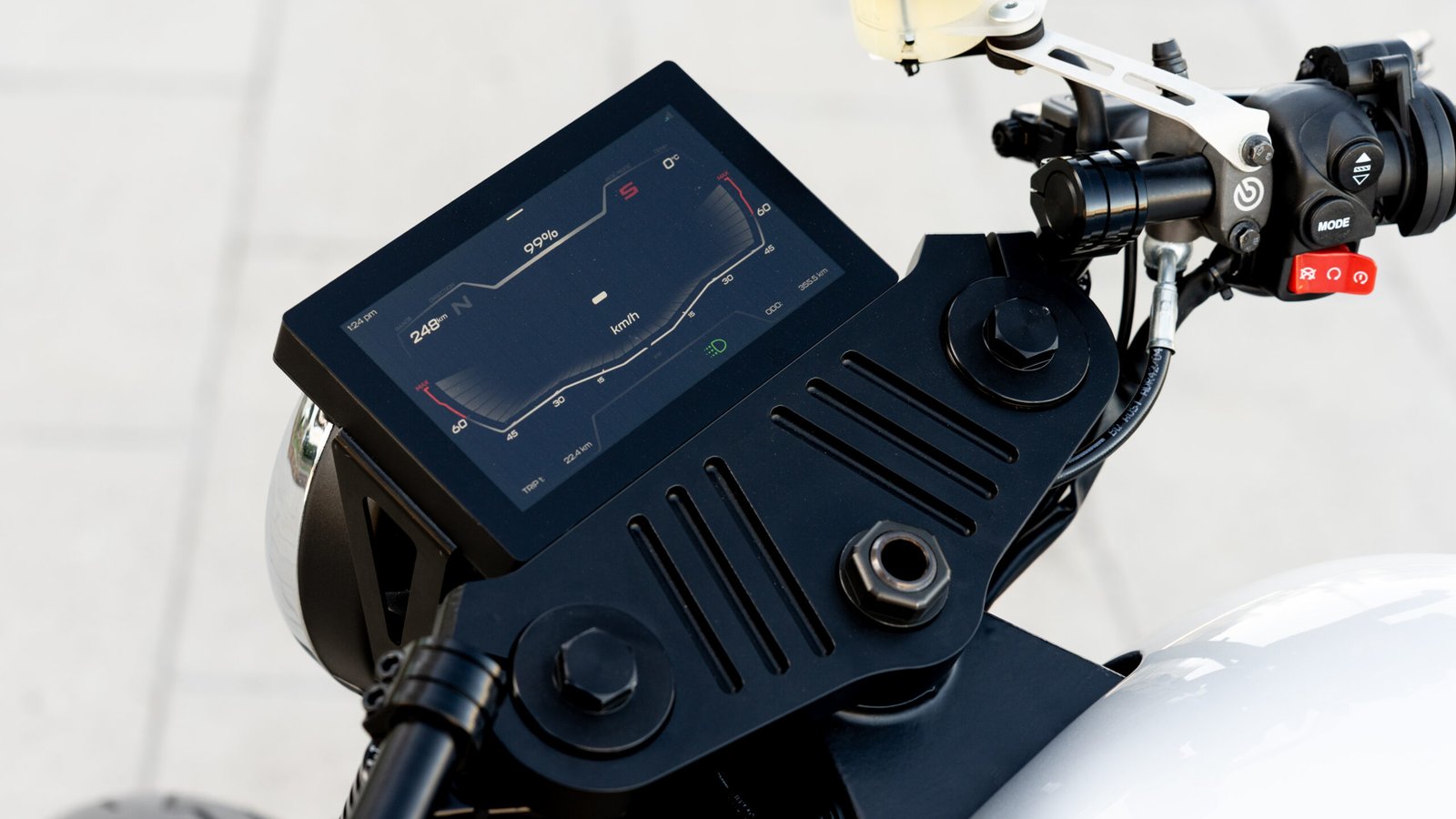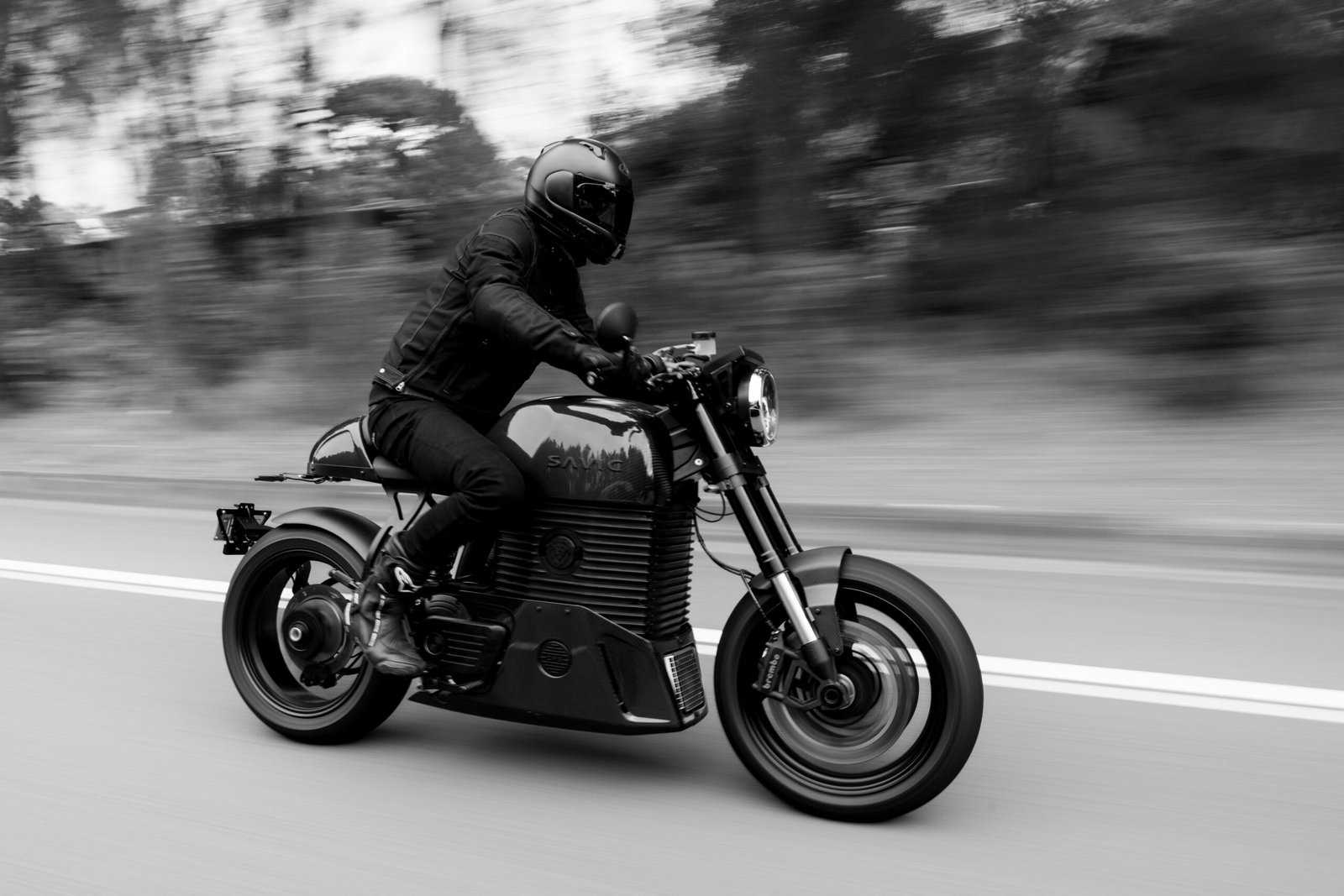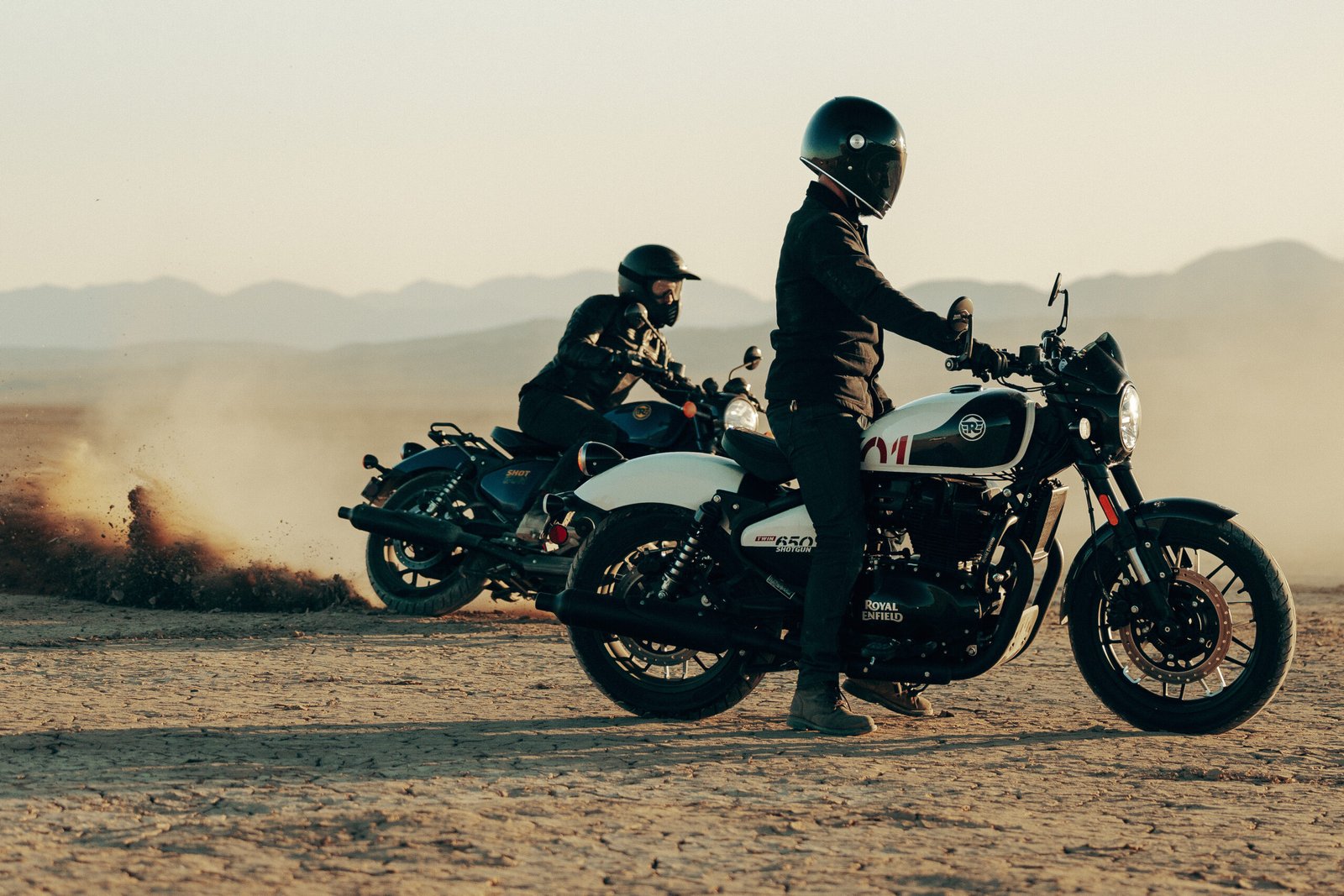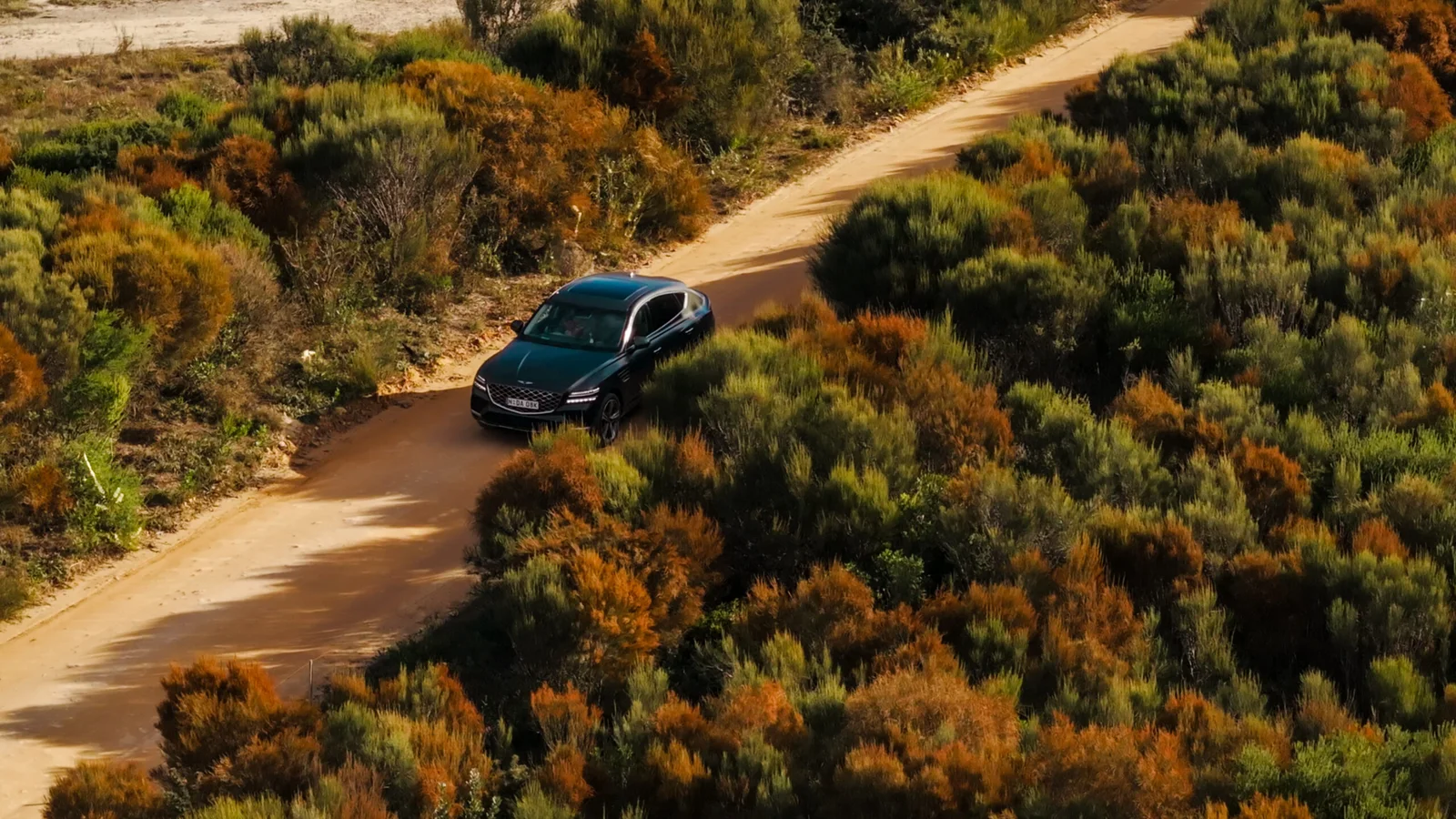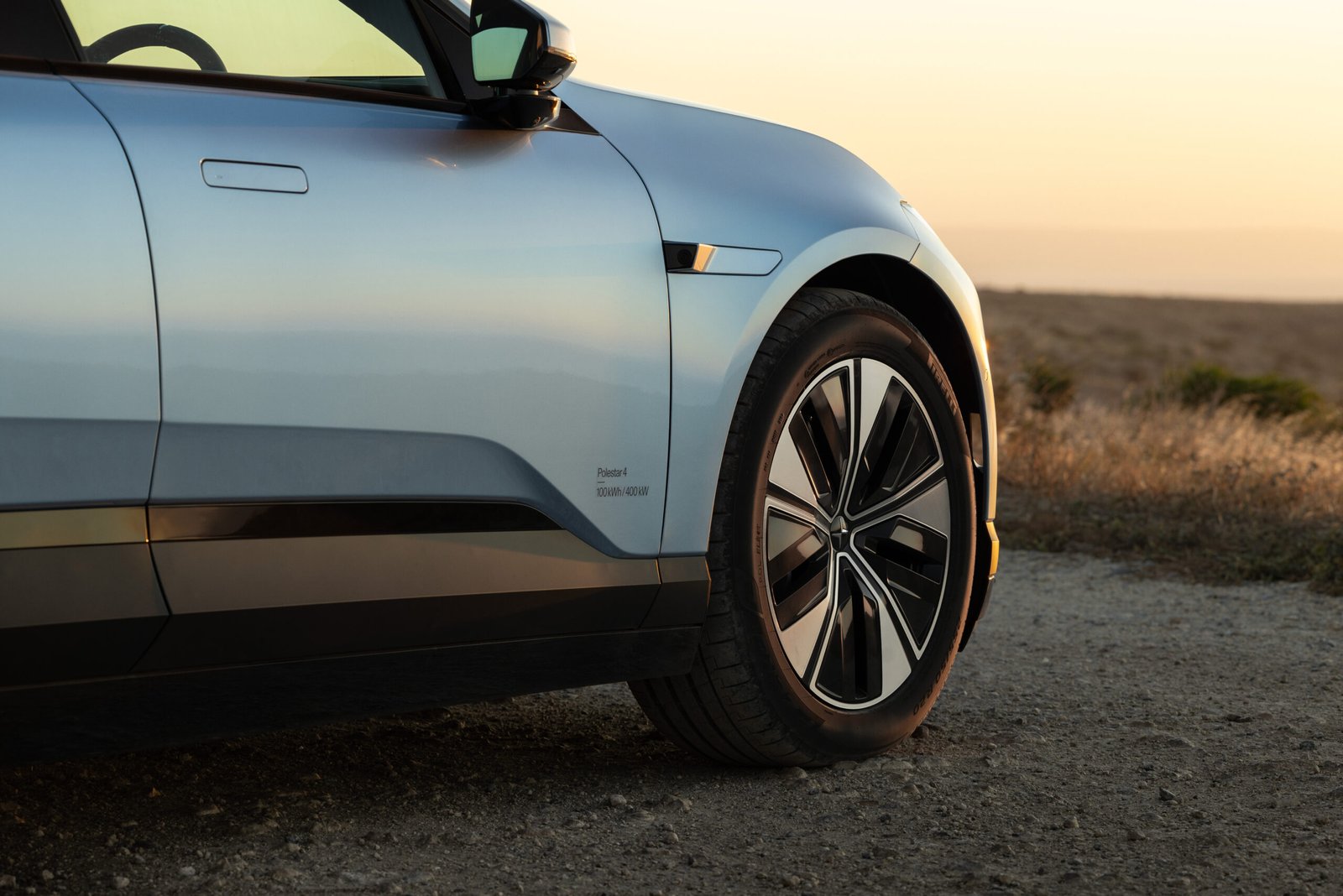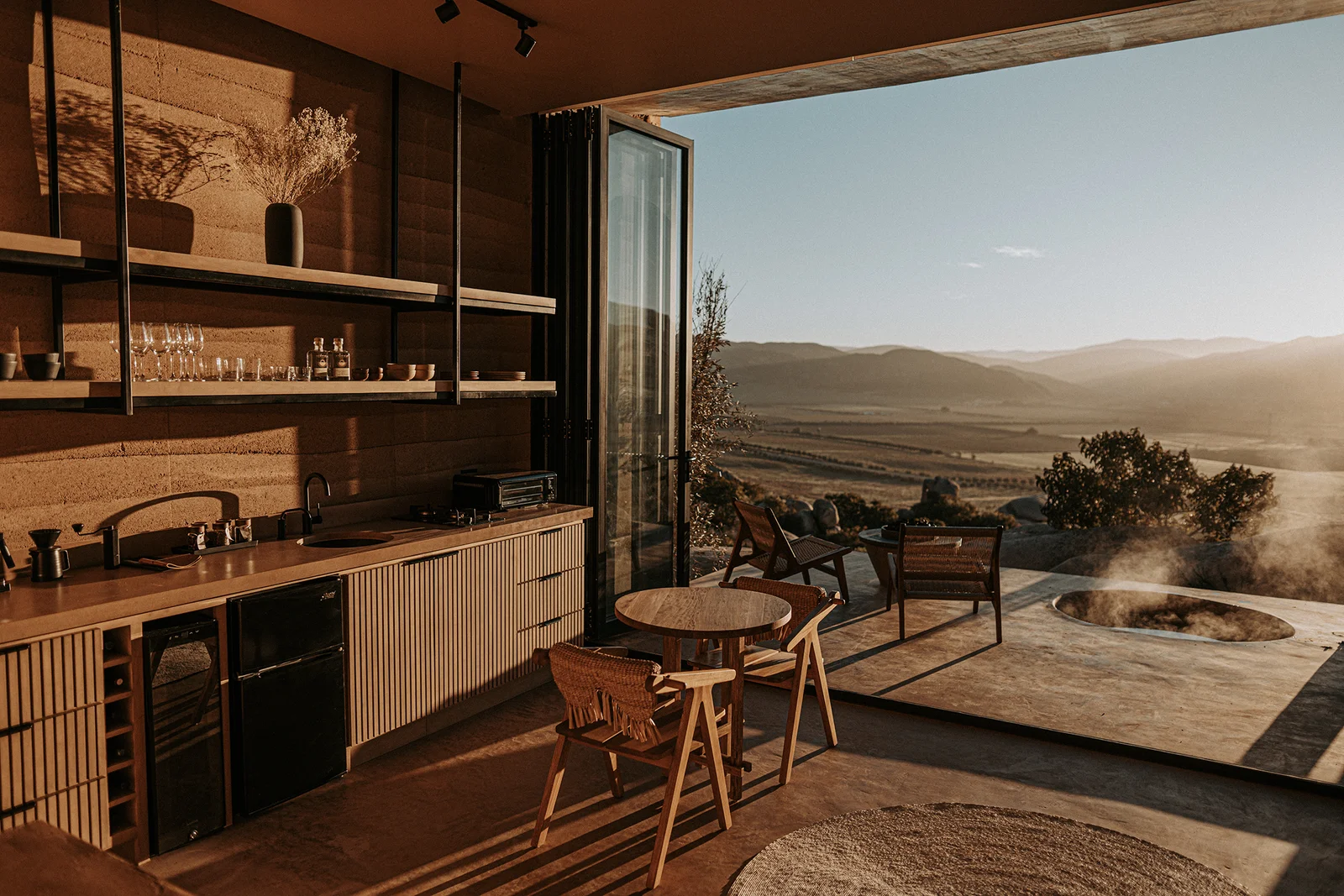There’s no shortage of electric bikes trying to dress up battery tech as style. The C-Series doesn’t need to. It’s a looker, and not in the way most EVs are. Where many electric motorcycles lean into minimalism or sci-fi futurism, the Savic lands somewhere between 1960s café racer romanticism and hard-edged Australian engineering.
You get the classic cues: sculpted tank, exposed frame, clean tail, but everything’s been reinterpreted through a sharper, more modern lens. The single-sided swingarm and tri-spoke wheels are standout features, not just visually but mechanically. Around the back, that Optibelt carbon belt drive hints at serious torque and near-zero maintenance. It’s a “ride, don’t wrench” setup, but it still looks like something a Thruxton owner would park in their living room.
Much of the credit here goes to lead designer Dave Hendroff, who somehow managed to integrate a 16.2kWh battery pack without bloating the silhouette. The result is a bike that looks custom, feels factory, and doesn’t scream “eco commuter,” which is likely the point.
On the tech side, Savic isn’t playing catch-up. They’re making moves. The 7-inch touchscreen dash is crisp, responsive, and fully customisable, giving you control over everything from ride modes to regen levels to throttle mapping. It’s backed by a Linux-based operating system and a robust IoT platform that links the bike to Savic HQ in real time. Over-the-air updates come standard, meaning your ride evolves with software, features and stats, long after it leaves the showroom.
There’s even a smartphone app that handles keyless start, battery monitoring, GPS tracking, and future journey planning. It’s all impressively integrated, especially for a company still small enough to know each of its first customers by name.
And while I’d still call some of the finish work “a prototype in transition,” there’s a clear design intent here. Something few startups can pull off. This isn’t a rebranded parts-bin special. The C-Series has a look, a feel, and a tech ecosystem that’s very much its own.
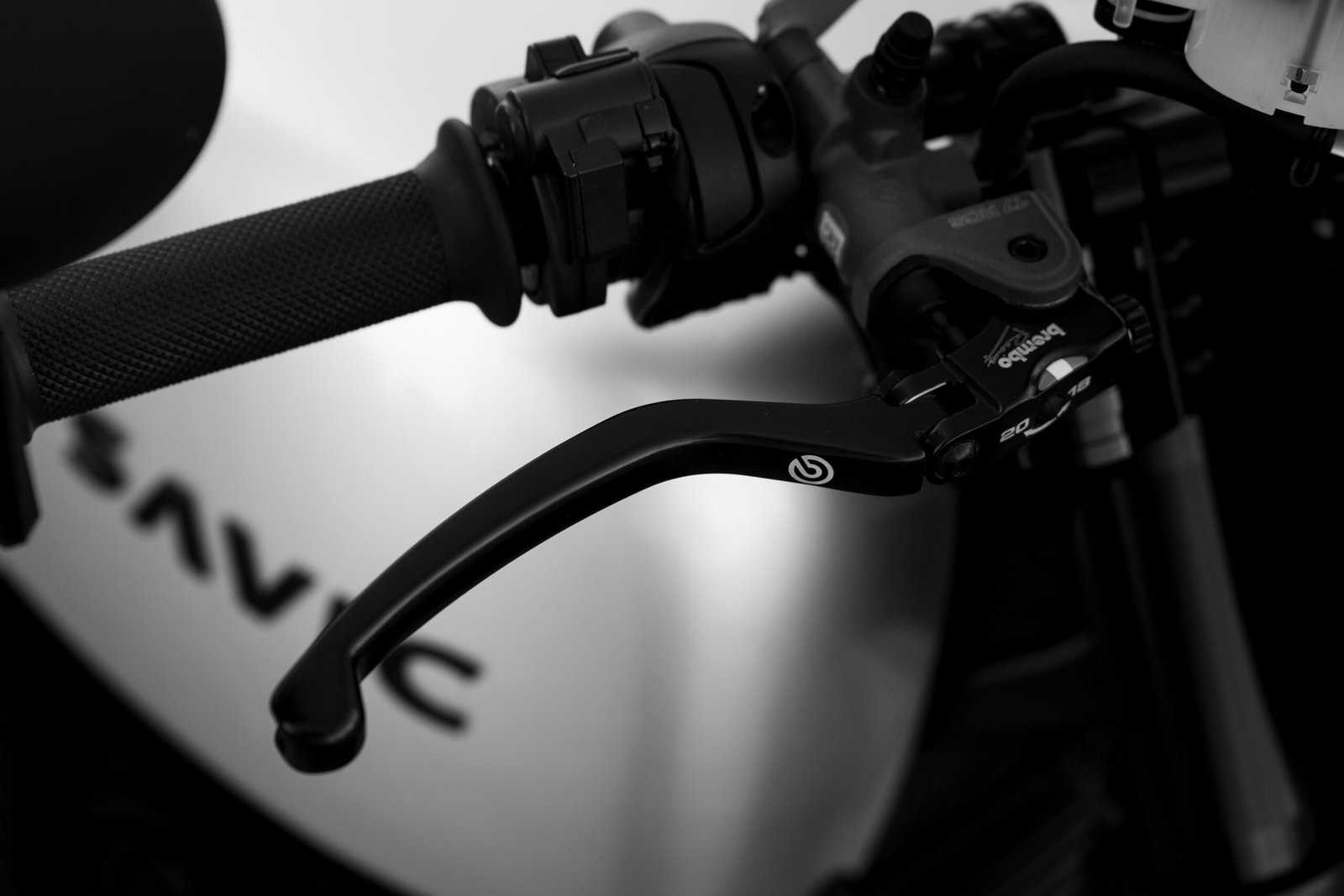
My time on the C-Series wasn’t a long-term affair. More of a fling. A single loop from Alexandria to La Perouse, mostly city streets, a few motorway bursts, and just enough time to get a feel for what this electric bruiser is all about.
From the moment you twist the throttle, it’s obvious this thing is built to impress. The torque hits hard, especially in sport mode. It’s not the kind of acceleration that creeps up on you. It’s the kind that does weird things to your brain. Off the lights, around gaps in traffic, merging at speed, it’s addictively quick, in that way only electric bikes can be.
The riding position is sporty without being punishing. You’re canted forward just enough to feel like you mean business, but not so much that your wrists start drafting resignation letters. That said, at 190 cm tall, I found the ergonomics a little cramped. Longer legs will start to notice the knee angle, especially if you’re doing more than a casual loop. That said, most riders won’t have this issue, and with alternate seating and pillion options available, there’s room to tweak the fit if needed.
The suspension, developed with former Superstock 600 champ Jed Metcher, definitely errs on the firmer side. On smooth roads, it feels taut and composed, but if you’re thinking about using the C-Series as a daily commuter on rougher city streets, you might be in for a bit of a jolt. It’s clearly been tuned for spirited riding over day-to-day plushness, and honestly, that’s probably the right call for what this bike wants to be.
Handling in the urban environment was more nimble than I expected from something tipping the scales at 280 kg. That low-slung battery helps with stability, and the regen braking, which is fully customisable, makes it easier to manage speed with a bit of finesse. It’s not floaty. It’s not vague. It’s not trying to be a scooter in disguise. You ride this thing like a proper bike, because that’s what it is.
What surprised me most, though, was how dialled-in the riding experience already feels for such a young company. The throttle mapping is smooth, the regen tuning is usable straight away, and the touchscreen interface doesn’t feel like an afterthought. It’s not perfect. I did notice some material inconsistencies up close (a few panel fits, some minor finish variations), but nothing that breaks the spell.
It’s probably too stiff for a cushy daily, and not quite aggressive enough for the red-blooded sports crowd. But if you’re looking for something unique, electric, and seriously fun for weekend blasts, the C-Series fits a niche no one else in the Australian market is even attempting to fill.

